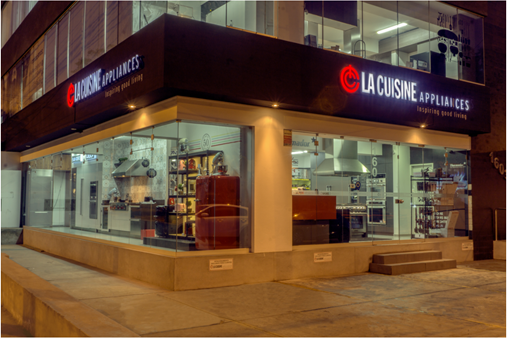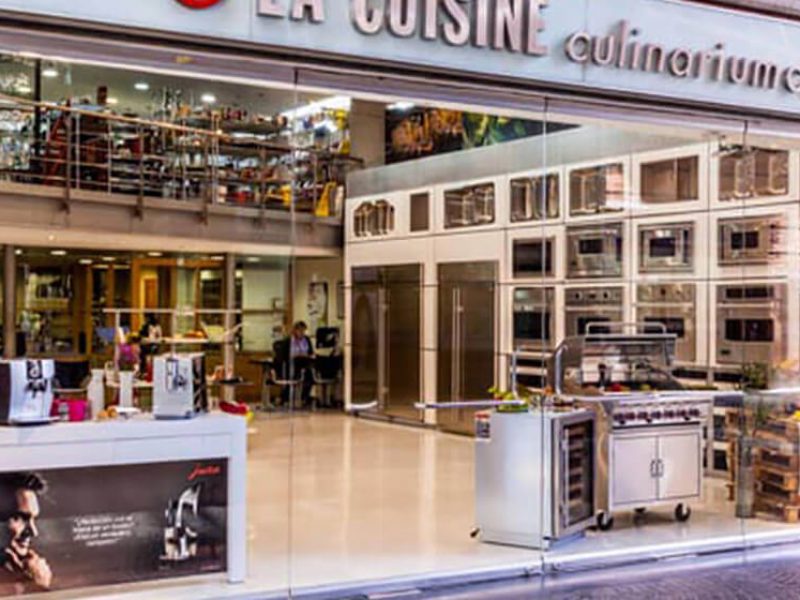
Our Company
Locations
Contact Us
Newsletter
Sign up to receive email updates on the latest products, collections and campaigns.

“Green is good” seems to be the motto of the years to come regarding architecture. The so called green buildings or sustainable structures are part of the developments that currently generate the most interest in companies and governments around the world.
At the beginning of 2016, Dodge Data & Analytics and United Technologies Corporation, in collaboration with World Green Building Council (WGBC), prepared an important study regarding the trends in this area. It investigated the markets with more propensities to the development of these styles of buildings as well. This study yielded interesting facts, among them that 60% of the construction companies are expecting that sustainable certified buildings would double in numbers by 2018. It also showed that the growth of this trend will be mainly in countries with emerging economies such as Mexico, Brazil, Colombia, Saudi Arabia, South Africa, China, and India.
It is very interesting to observe that the more stunning developments would be built in Middle Eastern countries. Passive designs that avoid high temperatures from the outside and contribute to the improvement of air quality are two of the benefits of these buildings that aesthetically are almost a work of art. Amongst the most outstanding examples is
Kuwait’s International Airport. This terminal designed in the shape of a clover answers to
the torrid weather of one of the hottest places on earth and it is built with photovoltaic panels that collect solar radiation.

Another sign of the Orient’s interest for this type of architecture is the project of Abu
Dhabi’s Parliament Building. This will combine passive solar design with traditional
techniques of desert architecture.
But Latin America is not staying behind. Mexico City International Airport will not only be
the country’s largest infrastructure work of the past 50 years, but also the world’s most
sustainable aerial terminal. This project designed by the same architectural company that
planned Kuwait’s airport (Norman Foster) would integrate the monumental character of
Aztec constructions with state-of-the-art technology. The proper use of solar energy and the collection of pluvial water will allow the self-generation of electricity and water in this structure. Also the airport will not have air conditioning; instead a natural ventilation system will cool down its halls.

Other countries are joining this trend. For example, in Panama there are already 94 registered projects to receive the LEED certification (Leadership in Energy and Environmental Design), with 23 of them already approved.
Nevertheless, many would be asking why the sudden interest for “green” buildings. The
answer goes beyond the simple concern for ecology and the respect for the environment. The truth is that global warming is a fact so undeniable that in the last decade 94% of the countries registered the hottest years in their histories. This is the reason why a series of real estate and construction movements sprung up with the focus on the use of recyclable materials, the optimization of the use of water, and solar energy. According to estimations green buildings can save from 24 to 50% energy and 40% water; while also reducing between 33 and 39% CO2 emissions and 70% of solid waste. So, green construction is not only set to conquer the world, but rather to safeguard it.


Sign up to receive email updates on the latest products, collections and campaigns.
Carrera 9 Nº80-45
Bogotá D.C., Colombia
Monday to Friday: 11:00 a.m. - 07:00 p.m.
Saturday: 11:00 a.m. - 06:00 p.m.
(+571) 432.7408/7493

Calle 77 #72-37
Barranquilla, Colombia
Monday to Friday: 08:00 a.m. - 06:00 p.m.
Saturday: 09:00 a.m. - 01:00 p.m.
(+57) 605 352 0851

Edificio La Cuisine
Costado Suroeste, C.C. La Paco
Escazú, Costa Rica
Monday to Friday: 09:00 a.m. - 05:00 p.m.
Saturday: 10:00 a.m. - 04:00 p.m.
(+506) 4000.3555

Galerías de Puntacana No. 51
Punta Cana, La Altagracia, R.D.
Monday to Friday: 09:00 a.m. - 06:00 p.m.
Saturday: 10:00 a.m. - 01:00 p.m.
(809) 378.9999

C/Rafael Augusto Sánchez No.22,
Piantini, Santo Domingo, R.D.
Monday to Friday: 09:00 a.m. - 06:00 p.m.
Saturday: 09:00 a.m. - 01:00 p.m.
(809) 378.9999

18187 Biscayne Bvld., Aventura
FL 33160
Monday to Friday: 10:00 a.m. - 06:00 p.m.
Saturdays by appointment.
(786) 322 5432
www.lacuisineappliances.com
sales@lacuisineappliances.com

3232 Coral Way,
Miami FL 33145
Monday to Friday: 10:00 a.m. - 06:00 p.m.
Saturday: 10:00 a.m. - 03:00 p.m
(305) 442-9006
www.lacuisineappliances.com

2005 NW 115th Avenue
Miami, FL 33172
Monday to Friday: 09:00 a.m. - 05:30 p.m.
Saturday: Closed
(+1) 305 418.0010
info@lacuisineinternational.com

Obarrio. Av. Samuel Lewis,
Addison House Plaza,
Local No.11, Panamá
Monday to Friday: 09:00 a.m. - 06:00 p.m.
Saturday: 10:00 a.m. - 04:00 p.m.
(+507) 265.2546/2547

Av. Caminos del Inca 1603,
Santiago de Surco, Perú
Monday to Friday: 10:00 a.m. – 07:00 p.m.
Saturday: 10:00 a.m. – 01:00 p.m.
(+511) 637.7087

Centro Comercial San Ignacio, Nivel C, local No.5
Caracas, Venezuela
Monday to Saturday: 10:00 a.m. – 07:00 p.m.
(+58) 212 264.5252
(+58) 414 018.5352 (Wholesale)
ventas@lacuisineappliances.com

Complejo Pradera Ofibodegas No.13,
20 calle final Z. 10 Km. 6.8 Carretera a Muxbal,
Santa Catarina Pínula, Guatemala
Monday to Friday: 08:00 a.m. - 05:30 p.m.
Saturday: 09:00 a.m. - 12:30 p.m.
(+502) 6671-3400
